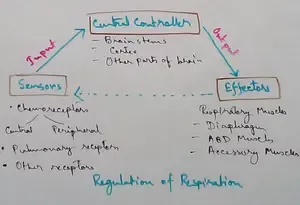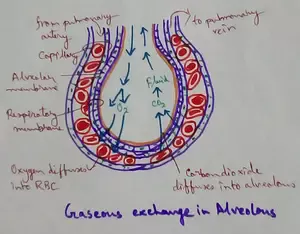Bank
Banks are financial institutions that are license by the government to accept deposits, flat loans and derive a profit from the margin between the interest rate levied and the interest rate paid. They also act as a channel in legitimate financial transactions like transferring of money through legal channels and provide other financial services to its customers such as wealth management, currency exchange, safe deposit boxes, investing in mutual funds, shares and stocks. In most countries they are helmed by the Central Government or Central Bank, which is the Reserve Bank, in case of India.
Banks usually fall under three categories:
1. Central Bank: Primarily responsible for ensuring currency stability, check inflation and monetary policy and overseeing money supply. E.g.: Reserve Bank in India.
2. Commercial Banks: Responsible for all commercial operations involving receiving deposits from individuals and companies, managing withdrawals and offering short term or long terms loans to individuals and small businesses. Also provide vault facility and home mortgage or home loan facility.
3. Investment Banks: Provide corporate clients with financial services like underwriting and assisting with Merger and Acquisition procedures. E.g.: Citibank / Yes Bank in India. Morgan Stanley in U.S has a global presence in this genre.
They are critical to the well-being of a nation. They create assets in the economy by offering loans depending on the minimum reserve requirement as fixed by the Federal Reserve, which varies between 3 to 10%. The amount can either be kept as cash in hand or bank’s reserve account with the Fed. Banks allocate loans from saving funds borrowed from individuals, financial institutions and government with surplus funds to borrowers in an efficient and legal manner, thus enabling the economy to become more efficient
When India got its independence in the year 1947, the biggest challenge , apart from ensuring the integrity of the nation, lay in focusing on the rebuilding of the economy that lay in shatters after around 200 years subjugation under the British regime. The government of India initiated measures to play an active role in the economic life of people, mixed economy system was adopted, which provided the State with a greater say in banking and finance. The Reserve Bank of India, set up in 1935, was nationalized on 1st Jan, 1949 having the power to regulate, control and inspect banks in India.
Cut to 1960, despite provisions to control by RBI, most banks remained operated by private persons. But banking was recognized as an important tool to facilitate the development of Indian economy and hence in accordance with an ordinance issued in 1969, 14 largest commercial banks were brought under the nation’s control, followed by 6 more in 1980.
Since 1990s when liberalisation was unleashed, scores of private banks have come up to revitalise the banking sector in India. The stage for the next big leap has already been proposed with relaxation for foreign direct investment.
Today most banks are functioning with a modern outlook and tech-savvy method of functioning. Banks in India are fairly mature in terms of accessibility and product reach even though reach in rural areas can be further amplified. The demand for banks in the service sector especially retail banking, mortgages and investment sectors is expected to be strong.
Recent Articles
-
What Is Plasma? | Blood Plasma | Proteins | Nutrients | Cholesterol
Nov 07, 25 10:29 AM
Blood is a mobile fluid which is a connective tissue and is derived from the mesoderm like cell any other connective tissue. Colour of blood is reddish and that flows inside the blood vessels by means… -
Disorders of Respiratory System | Tuberculosis | Pleurisy | Emphysema
Oct 28, 25 11:39 PM
Tuberculosis is very common disease and is caused by a type of bacteria called Mycobacterium tuberculosis. This disease causes different trouble in the respiration and infection of several parts of th… -
Regulation of Respiration | Respiratory Centres | Inspiratory Area |
Oct 14, 25 12:13 AM
Respiratory Centre is the area that controls the rate of respiration and it is observed to be located in medulla oblongata and pons. Respiratory Centre has the following will dispersed components like… -
Explain Transport of Gases | External Respiration | Tissue Respiration
Oct 09, 25 11:35 PM
In humans gaseous exchange is completed in the following ways the steps are - External Respiration or Breathing - Breathing in false taking in of Oxygen and giving out of carbon dioxide in the body. M… -
Kind and Number of Teeth | Location of Teeth in Mouth | Care of Teeth
Sep 11, 25 12:52 AM
Kind and Number of Teeth





New! Comments
Have your say about what you just read! Leave me a comment in the box below.